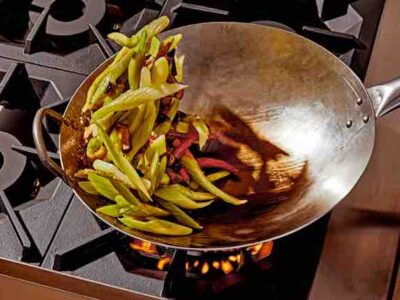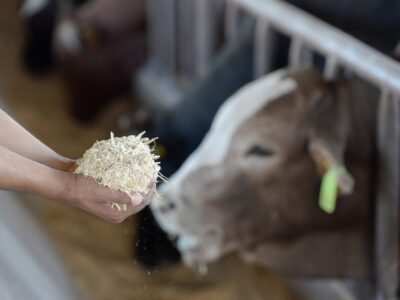At almost everything gathering these days, there’s a charcuterie board. And rightfully so – what’s not to love – savory and salty, cheesy and meaty, a mix and match, choose your own adventure. While you can’t wrong when there are that many goodies to choose from, there is a certain art in assembling a charcuterie board that can take your display to a new level. Using a variety of ingredients allows for your guest to be amazed and satisfied. I’ve included several tips and tricks below.
- Variety of Flavor – you want about 3-4 types of meats and 5-6 types of cheese varying in flavor profile and origin. For example, if you have both a spicy capicola and chorizo, you may not want your third type of meat to be a pepperoni since that has some spice to it as well. Instead, I would include more mild meat like prosciutto. Similarly, if you have a few cow’s milk cheeses, you may want to consider adding goat’s milk and sheep’s milk cheese as well. This mixture of origin will provide nuanced differences in flavor profiles.
- Variety of Texture – Hand, and hand with the flavor profile, often comes the texture of food. Of your different types of cheeses, you’ll want to ensure a few of them are soft (such as Mozzarella, goat, and brie), and a few of them are hard (such as Parmesan, cheddar, Manchego). Textural variance is also essential in the accruements on the board, so a soft jam, berries, and fresh fruit can be offset with mixed nuts, apple slices, or dried fruit.
- Variety of Color – we eat with our eyes (almost) as much as with our stomach, and since putting many types of meat, crackers, and cheeses on a board could lead to a monochromatic brownish palate, I specifically look to incorporate color through cheese rinds (think purple of a drunken goat, the red casing of a gouda) and contrasting fruits (green grapes to the red of strawberries).
- Variety of Shape – The type of cheese can ultimately help you decide how to serve it. If it’s hard to cut, I pre-cut it into chunks or slices proactively for your guests. I decide between chunks vs. slices based on how strong the flavor is, so, say a smoked Provolone could be chunked to help choose portion size for the guests, whereas a mild Munster, I would slice and a general crowd-pleaser like a Fontina I’d leave whole and let guests cut themselves.
- Variety of height – While most meat is generally cut into the same thin slices, you can create depth and height by arranging the slices differently; I usually create at least one “salami rose” by layering the slices around and around the rim of a cup (see photos) and I often make a rolled or ribbon shape with the pliable prosciutto. Likewise, soft cheese can be piled high in a small dish and hard cheese sliced, stacked, and fanned out. An easy height builder is a small cup with breadsticks sticking out.
- Personalization – I don’t like to just unwrap and serve everything directly as is. I like to add some personal, unique touches to some ingredients hoping to make my charcuterie boards stand out. In the past, a few favorite go-to’s were making a mix of cocoa powder and chili powder, for a spicy-sweet profile and dipping ONE side of cheese into it. Then I cut that cheese and alternate between dipped side and non-dipped side for color contrast in its display. Likewise, I’ll take a spice blend like “everything but the bagel” and roll a plain goat cheese log on it, again giving it a one-of-a-kind taste, and a tad bit of a crunch.
- Service – In general, you want to think of balance – you want both ease of serving and general aesthetic to go hand and hand. It should be fairly effortless for the guests to eat, outside of them assembling their own perfect bite. So cheese knives and service spoons as needed; an empty bowl for olive pits, things like that. Think about how you would eat each item as you place it on your board and what you’d eat that item with. I typically build these boards in sections, working from the center out to each corner, with meats and cheese first then filling in the blanks with fruits and the extras. You may want to add extras like hummus, vegetables like baby carrots, or even crusty bread to encourage creativity in the building that said perfect bite.
- Shopping – Shopping for the components is arguably the hardest part of these boards as you want to make sure you have enough, I tend to err on the side of “more is more” and look for 2 to 3 Soft Cheeses + 2 to 3 Hard Cheeses + 3 to 4 Meats + 3 to 4 accompaniments + 2 to 3 crackers or kinds of breads = 1 great charcuterie board!
Once you master the basic ideas and ratios, you can get creative, making different “themed” boards for brunch, dessert, holidays… I’ve even seen fast food boards. The possibilities are endless when you approach building these with a combination of design and taste. I’d love to see some of your greatest creations! Enjoy!





